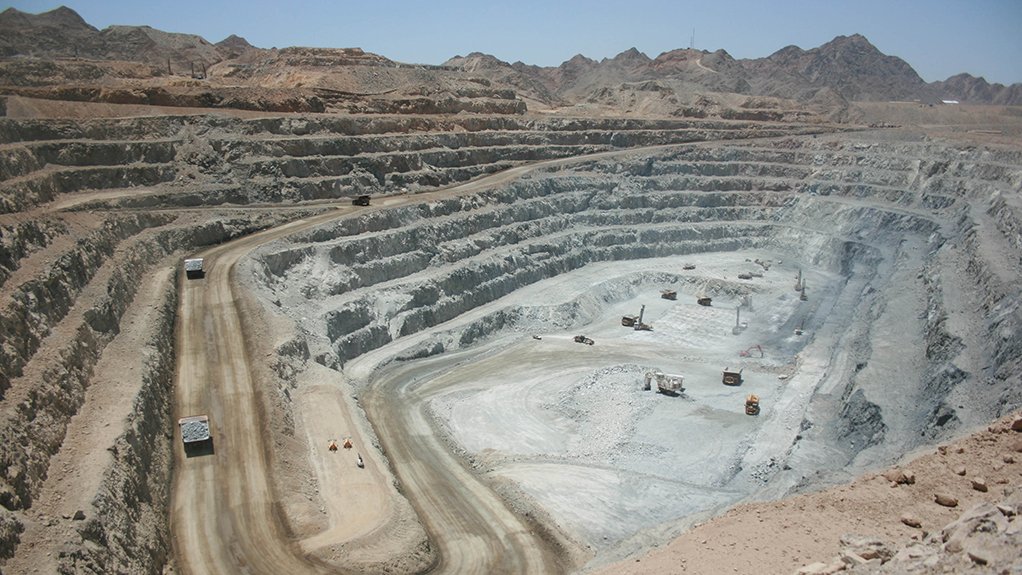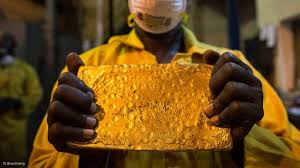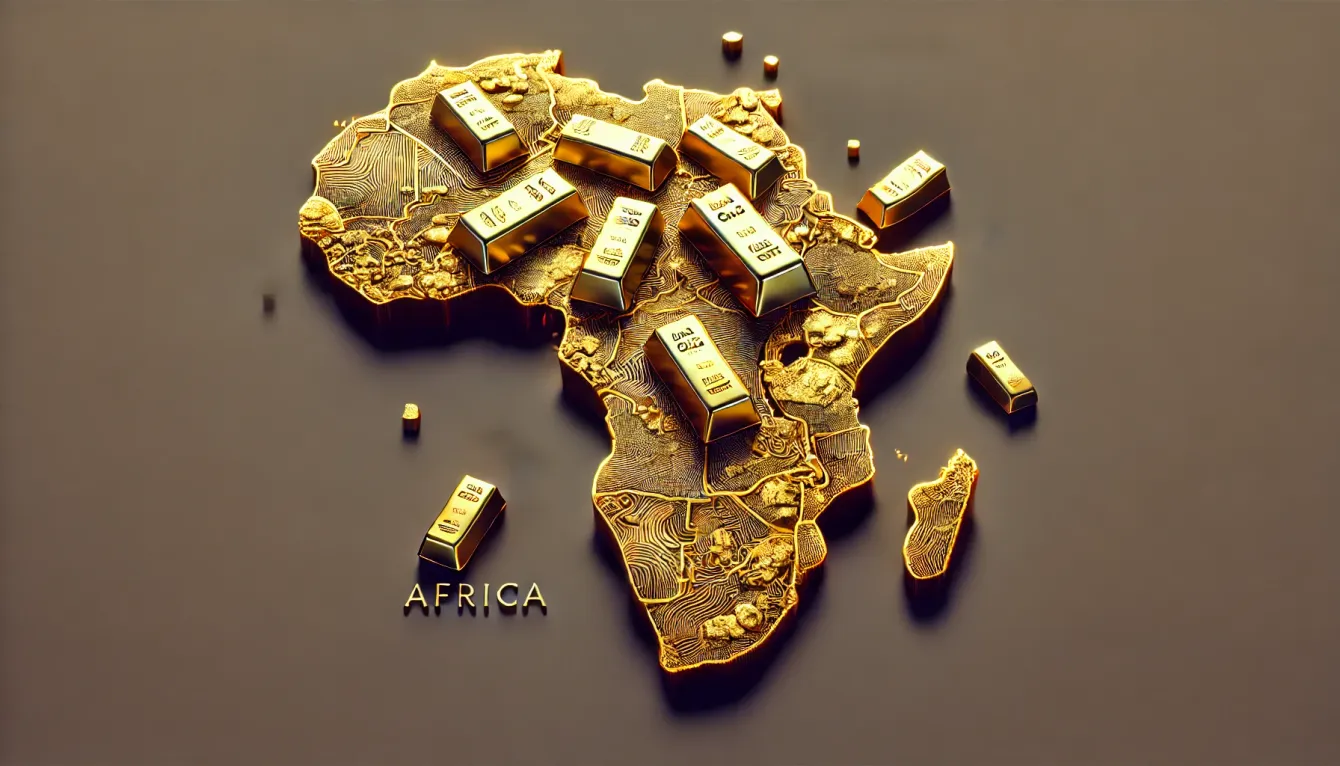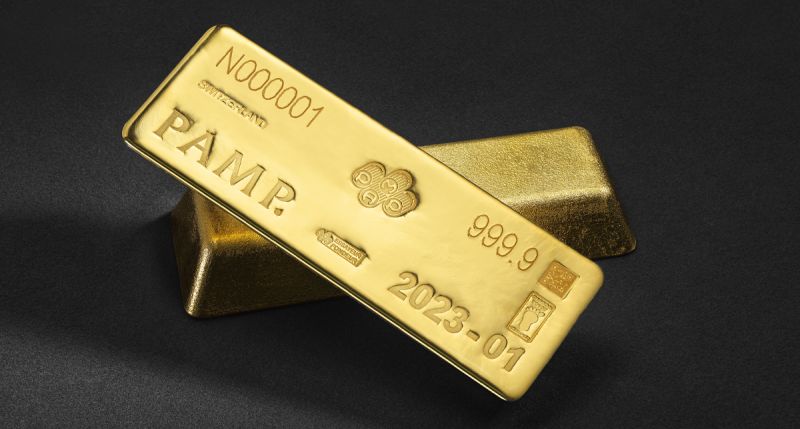Precious Metals

Dubai 24-carat gold price today climbs to AED474.5, global rates surpass 3,935 amid strong demand
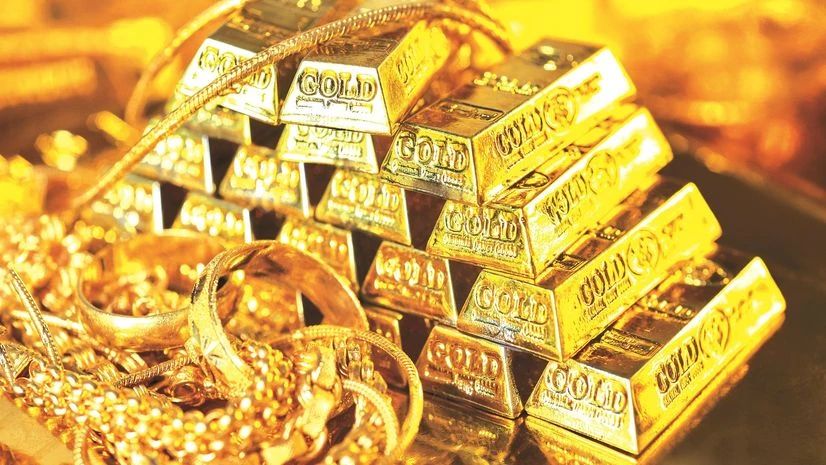
Gold prices in 2025 have embarked on a record-breaking rally, with the XAU/USD pair showing strong momentum toward the historic $4,000 per ounce barrier. The rally in gold prices, marked by sustained upward trends through much of the year, is poised to continue its ascent, driven by an intricate mix of geopolitical uncertainty, monetary policy signals, and robust demand from institutional and central bank investors.
In Dubai, gold rates saw a significant rise. The price of 24-carat gold increased by AED6.00, reaching AED474.50. Meanwhile, 22-carat gold rose by AED5.75 to AED439.50. Additionally, 21-carat gold saw a gain of AED5.50, bringing it to AED421.25, while 18-carat gold inched up AED4.75 to AED361.25.
Currently trading near $3,900 per ounce, gold’s surge represents one of the most significant annual performances since 1979, with analysts projecting the precious metal to cross the $4,000 mark by late 2025 or early 2026.
Spot gold increased by 1.22 percent to $3,935.35, following a new all-time high of $3,896.49 reached on Thursday. Bullion has risen 2.4 percent this week. Meanwhile, U.S. gold futures for December delivery edged up 1.3 percent to $3,959.70.
Surge in ETF inflows
Gold has shown remarkable resilience amid a global environment. This environment is characterized by geopolitical tensions and fiscal policy uncertainties. There are also questions surrounding the independence of central banks, notably the Federal Reserve. The metal’s year-to-date gain exceeds 47 percent, and it has posted seven consecutive weeks of price increases as of early October 2025. This strength is notable because the rally has persisted despite traditionally negative conditions for gold, such as rising interest rates, which typically weigh on the non-yielding asset. However, the unique combination of factors this year has underpinned gold’s robust performance, attracting safe-haven demand as investors seek protection against increased financial market volatility and inflation concerns.
Institutional buying, including substantial purchases by central banks, has played a crucial role in supporting prices. Record inflows into gold-backed exchange-traded funds (ETFs) further highlight the growing investor appetite for the metal. This surge in demand coincides with a weakening U.S. dollar, which traditionally inversely correlates with gold prices, thereby amplifying gold’s appeal for global investors hedging currency risk.
Forecasts and price targets toward $4,000
Leading financial institutions and market analysts have raised their price forecasts for gold, signaling confidence that the metal will break new records soon. Goldman Sachs recently predicted that gold prices could reach $4,000 per ounce by mid-2026, up from $3,772 in late September 2025. Similarly, J.P. Morgan Research anticipates gold averaging $3,675 per ounce by the final quarter of 2025 and moving closer to $4,000 by the second quarter of 2026. The upward revision of price targets reflects analysts’ views on the structural shifts in gold demand driven by enduring geopolitical risks, elevated recession probabilities, and ongoing trade tensions.
In a related forecast, the final quarter of 2025 is expected to see gold trade between $3,892 and $4,300, with extension targets even reaching $4,200 to $4,300 by early 2026. The estimate aligns with historical monthly high forecasts that begin October at around $3,887 and project highs of approximately $4,409. This indicates strong upside potential for gold in the near term, especially as markets price in potential Federal Reserve rate cuts and increasing global economic volatility.
Key drivers of the gold rally
Several important factors are fueling gold’s record-breaking price surge. Geopolitical instability — including localized conflicts and strained diplomatic relations — has intensified safe-haven demand. Investors’ concerns over fiscal challenges in major economies, such as government shutdowns and budgetary impasses, have further pushed capital toward gold as a refuge. Equally significant is the perceived loss of central bank independence due to political interference, which raises market uncertainty and underscores the value of gold’s stability.
Another critical driver is the growing expectation of rate cuts or eased monetary policy by central banks worldwide, following periods of sustained tightening. These anticipated changes reduce the opportunity cost of holding gold, which does not yield interest or dividends, making it a more attractive investment. Additionally, persistent inflationary pressures and fears of a global economic slowdown bolster gold’s role as a hedge against currency debasement and financial market instability.
Market sentiment remains overwhelmingly bullish for gold despite occasional short-term pullbacks predicted by some analysts. Technical charts indicate continued upward momentum. The four-hour gold price chart shows bullish patterns. These patterns reinforce expectations of a sustained rally. Analysts caution, however, that gold could face short-term corrections, possibly pulling back to around $3,761 before resuming its advance. This suggests that gold is currently overbought in some technical measures. However, the overall trend remains intact. There are strong chances of achieving the $4,000 milestone shortly.
Regional demand and festive season impact
The ongoing rally is also supported by seasonal factors, especially highlighted in markets like India, where Diwali 2025 is anticipated to boost domestic gold demand significantly. With prices already breaching Rs1,18,000 per 10 grams on major exchanges like the MCX, analysts expect gold to continue rising toward Rs1.22 lakh during the festive period. This confluence of global macroeconomic conditions and local buying interest reinforces the overall bullish outlook.
Despite the strong bullish case, gold’s march to $4,000 per ounce is not guaranteed. Should the global economy stabilize faster than expected, and central banks sustain higher interest rates, the precious metal could face downward pressures. A stronger U.S. dollar or rapid resolution of geopolitical tensions would reduce the flight-to-safety demand that currently underpins prices. Investors and market watchers must therefore continuously monitor evolving economic data. Central bank policy statements are also essential. Additionally, geopolitical developments need to be considered to gauge gold’s continued trajectory.





